You can choose to enjoy the book from start to finish or to dip into your favourite story straight away. Each story is entirely independent.
After every story a short timeline brings together the most important events in each persons life into one short report. The timeline is a useful tool for revision purposes.
Words which are above the required reading level are underlined the first time they appear in each story. All underlined words are defined in the glossary at the back of the book. Levels 1 and 2 take their definitions from the Collins COBUILD Essential English Dictionary and levels 3 and 4 from the Collins COBUILD Advanced English Dictionary.
To support both teachers and learners, additional materials are available online at www.collinselt.com/readers.

15641642
the man who believed the Earth went around the Sun

I believed that the Earth orbited the Sun. People were afraid of my theories at the time and called me a heretic . But now they call me The Father of Modern Science.

I was born in Pisa, Italy, in 1564. I was the oldest of six children, but unfortunately, only three of us survived childhood. My father, Vincenzo Galilei, was a well-known musician and he called me Galileo. When I was 8 years old, my family moved to Florence. But they left me behind in Pisa, in the care of a relative. In 1574, I joined my family. When I was 11 years old, I was sent to the Camaldoese Monastery school in the town of Vallombrosa, just outside Florence.
My father wanted me to be a doctor. So, after I finished school, I went on to study medicine at the University of Pisa. However, I soon decided that medicine was not the right career for me. I was much more interested in mathematics, physics and the arts . So I spoke to my father and he let me change my course to mathematics and natural philosophy .
One day, while I was at the university, I noticed something interesting. I was looking up at the ceiling and watching a lamp swinging or moving from side to side. The length of the lamps swing from side to side changed with the wind coming through the open window. I noticed that the lamp always took the same number of seconds to complete its swing from one side to the other.
When I returned home, I set up two pendulums and carried out some experiments. Soon I realized that I had discovered a truth that all things swing at the same speed. This was later called the law of the pendulum and it was used to make clocks.
I left university in 1585 without a degree and began working as a teacher in mathematics. I also taught drawing to students at the Academy of the Arts of Drawing in Florence. By now, I loved the beauty of numbers. I was also very interested in how the weight of an object could be measured using a balance . I created a thermoscope an instrument which shows changes in temperature . This was later developed into the thermometer , which measured changes in temperature. In 1586, I wrote my first book. It described the design for a hydrostatic balance a device which weighed objects using air and water. I called the book The Little Balance.
Life was going well for me. But I wasnt earning a lot of money from private teaching. I needed to get a university job that paid a good salary. So I applied for teaching jobs at Sienna, Padua and Bologna universities. But I wasnt successful probably because I didnt have a degree. Then, in 1589, I was offered the job of Chair of Mathematics at the University of Pisa.
At Pisa, I began to doubt Aristotles theories about objects which fall. Aristotle a Greek philosopher believed that the weight of an object decided its speed when it fell. So I decided to carry out a simple experiment. I climbed to the top of the Leaning Tower of Pisa and I dropped balls of different weights to the ground. The balls were of different weights, but the same size. They all hit the ground at the same time. After this, I wrote my book called On Motion. In it, I said that the speed of objects which fall depends on their shape and size, not on their weight as Aristotle said. In the future, I said, a theory had to be tested before it was accepted.

In 1591, my father died. I had to look after my brothers and sisters because I was the oldest child. This meant I needed to find work which paid a better salary. So from 1592 until 1610, I was Professor of Mathematics at Padua University. The job allowed me to teach, think and do many experiments.

Galileos telescope
During my time at Padua, I invented a water pump. I also invented a military compass a device used by the army to plan battles. In 1609, the Italian scientist Paolo Sarpi wrote to me. He told me about a new invention in Holland called a telescope. It was a device which magnified things it made them look much bigger. The telescope allowed astronomers to look much more closely at the stars and planets in the sky. In a short time, I had developed its design. I called my telescope, Perspicullum. Perspicullum could make the planets look eight times bigger than their normal size.
In 1610, I wrote a book called Starry Messenger about the discoveries that Id made with my telescope. It described the mountains of the moon, as well as Jupiters brightest four moons. In that same year, I also discovered the Phases of Venus the changes of Venuss light caused by the Sun. As I continued to use Perspicullum to study the planets, I began to ask questions about an important religious belief . In the 17th century, everyone believed the Earth was the centre of the universe. People thought that the planets and the Sun orbited around us. But my telescope showed me that the Earth and other planets orbited the Sun.



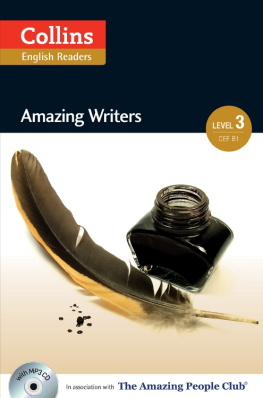
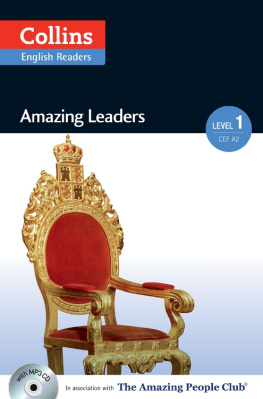
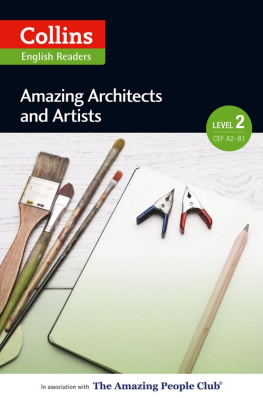
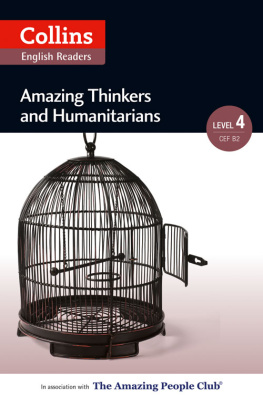
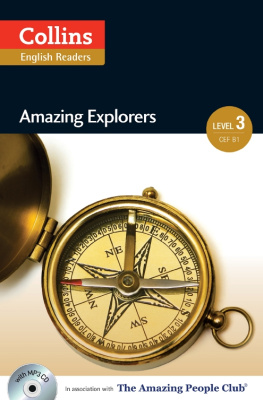


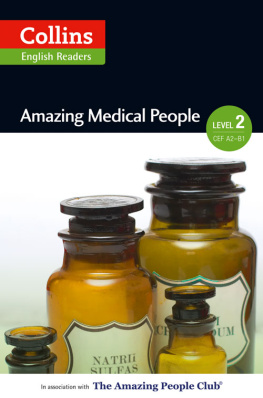
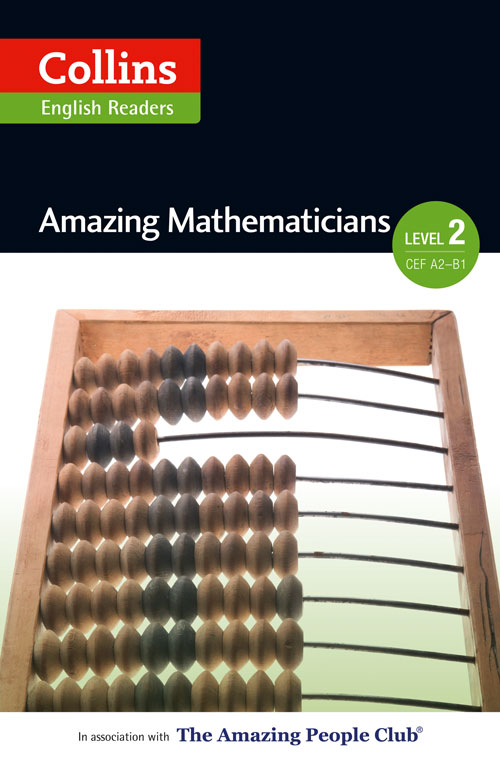

 C ONTENTS
C ONTENTS 



